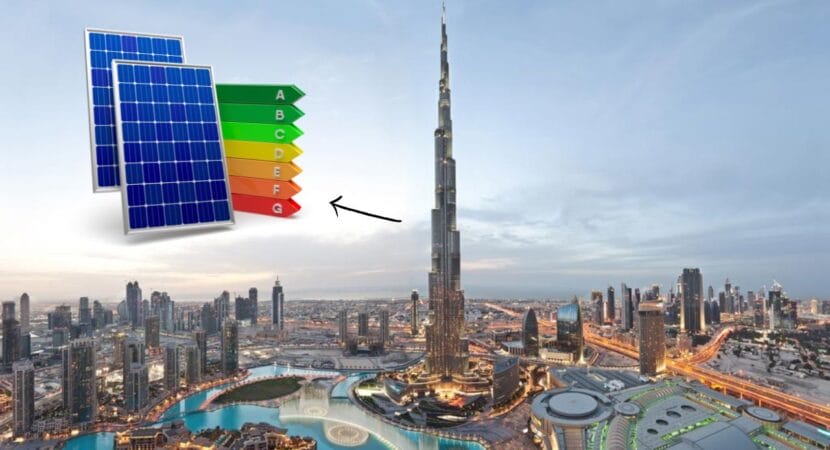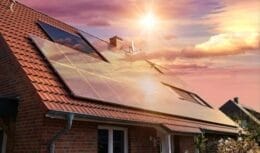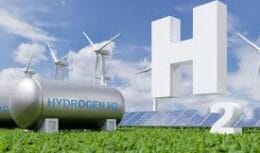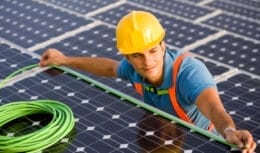
The idea of transforming skyscrapers into renewable energy plants by covering them with solar panels could be an innovative and sustainable solution for cities. This proposal, which combines architecture and technology, has the potential to change the way we generate and consume energy in urban environments.
Despite being symbols of development and innovation, skyscrapers have a great environmental impact. A 2021 study published in the journal Nature revealed that a chain of skyscrapers generates 140% more total emissions over its lifetime compared to lower buildings, for the same number of inhabitants.
Solar energy is one of the renewable energy sources most promising. The sun provides more energy to the Earth in one hour than the world consumes in a year. With the falling cost of solar technology, it has become a viable option for large-scale energy production. However, installing solar plants faces the challenge of competition for space.
Integrating solar panels into skyscrapers
The proposal is to use skyscrapers, which have large surfaces, to install solar panels. This would not only help offset the carbon emissions of these buildings, but would also contribute to the clean energy production. Building-Integrated Photovoltaics (BIPV) technology allows solar panels to be aesthetically and efficiently integrated into building facades. The company Mitrex, for example, offers solar panels that can be customized to blend into the building's aesthetic, as demonstrated in projects in Toronto and Ottawa.
Energy potential
Taking as an example the Burj Khalifa, it is estimated that, if covered by solar panels, it could generate more than 22 million watts of energy. Although this is a rough estimate, it illustrates the energy generation potential of skyscrapers. There are already ongoing projects that use this technology, such as the LAD headquarters building in Shanghai and a porcelain factory in Jiangxi, considered the largest BIPV project in the world.
Retrofitting and residential use
In addition to new construction, BIPV solar panels can be used for retrofitting, or retrofitting, existing buildings. This approach is seen as a greener alternative and economical to constant construction. In the US, homeowners can even receive tax credits for installing solar energy systems.
The integration of solar panels into skyscrapers represents an opportunity to rethink energy in urban areas, transforming buildings into clean and sustainable energy plants. This innovation will not only reduce dependence on fossil fuels, but will also mark a significant step forward in building greener, more energy-efficient cities.











